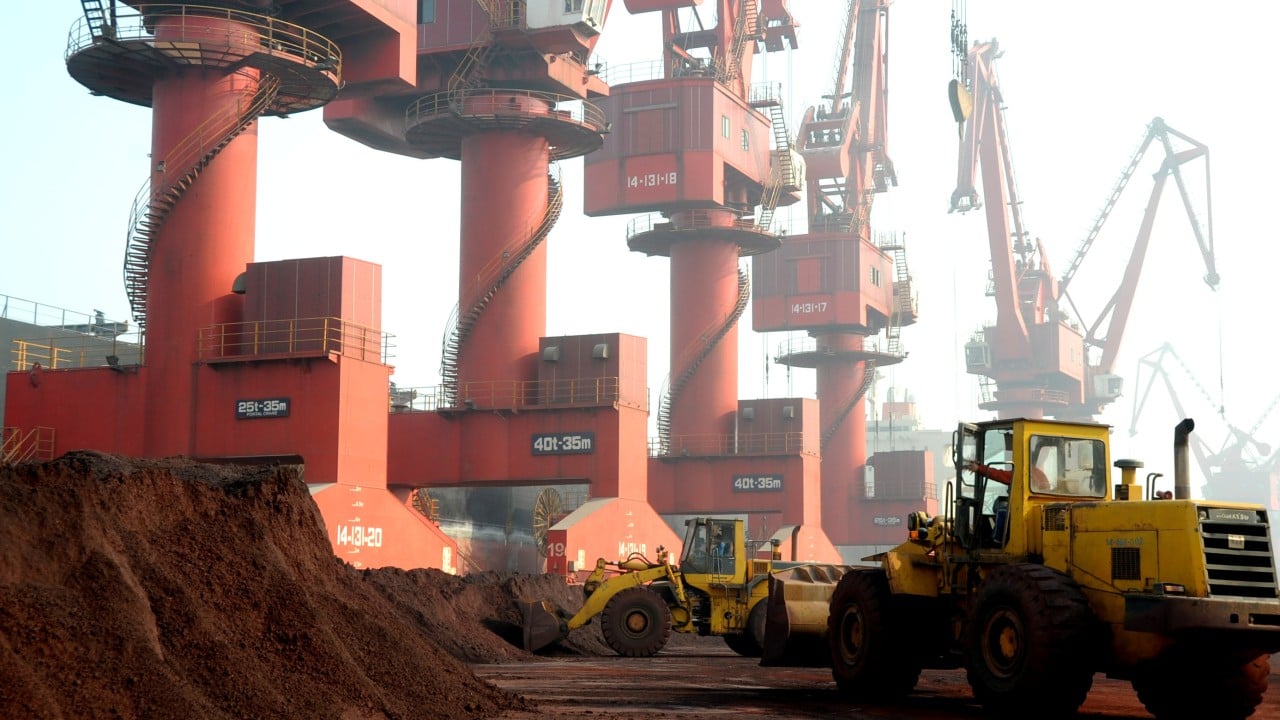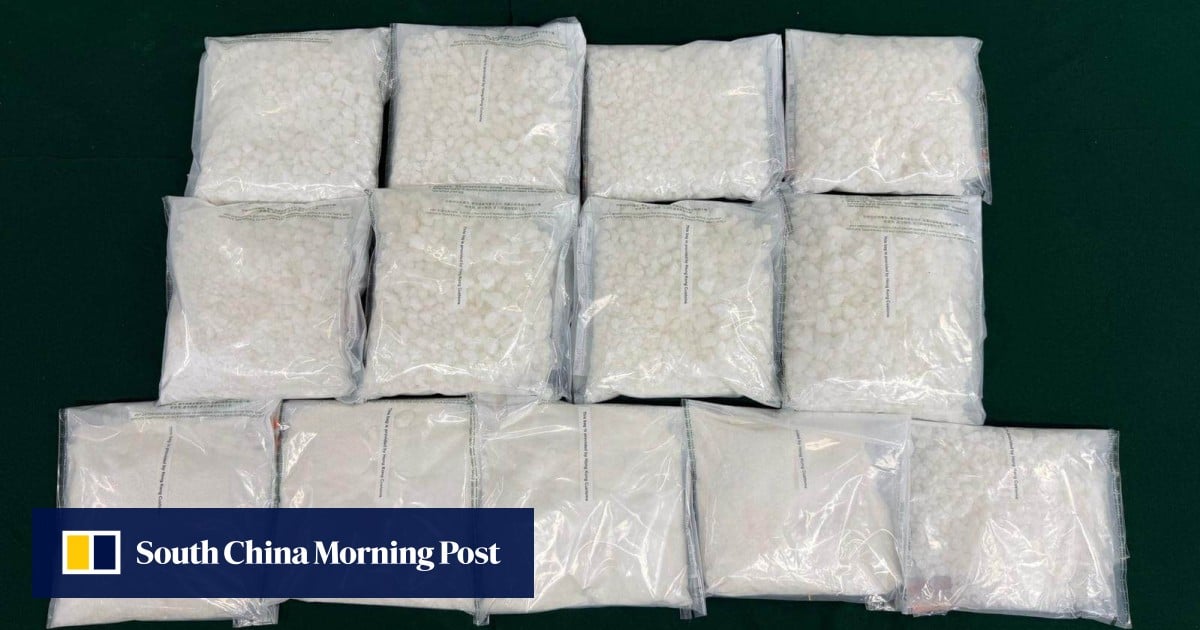
The weaponisation of critical materials was not a bridge that Beijing crossed in the early years of its trade war with Washington, which began in 2018.
But China has grown more confident, and leadership has shifted from hesitation to measured assertiveness on critical-material controls, as demonstrated in its actions this year amid trade tensions with Washington, according to Morgan Stanley researchers.
With such leverage in mind, this explainer uses their report – “Navigating China’s Export Control Playbook and Market Impact”, published on Sunday – to examine the effectiveness of that tool in Beijing’s arsenal, its limitations, and China’s real strengths in the rare earth supply chain.
How effectively can China really implement its control of critical materials?
Beijing will continue to use critical-material controls as a calibrated system to reshape the cost-benefit calculus of tech restrictions by the United States and its allies, the Morgan Stanley report said, and therefore, a complete reversal of the mechanism is unlikely.
For example, the report said that if a US ally were to block exports of chips and lithography tools to China, Beijing might target critical inputs, such as rare earths, to that country.
Such reciprocal escalation aims to deter full alignment with US policies and secure breathing room for China’s push towards tech self-sufficiency, a top priority in its next five-year plan, the report noted.


